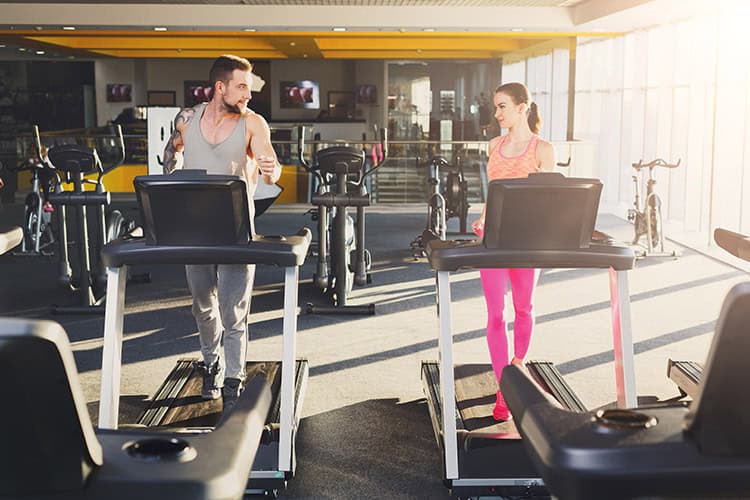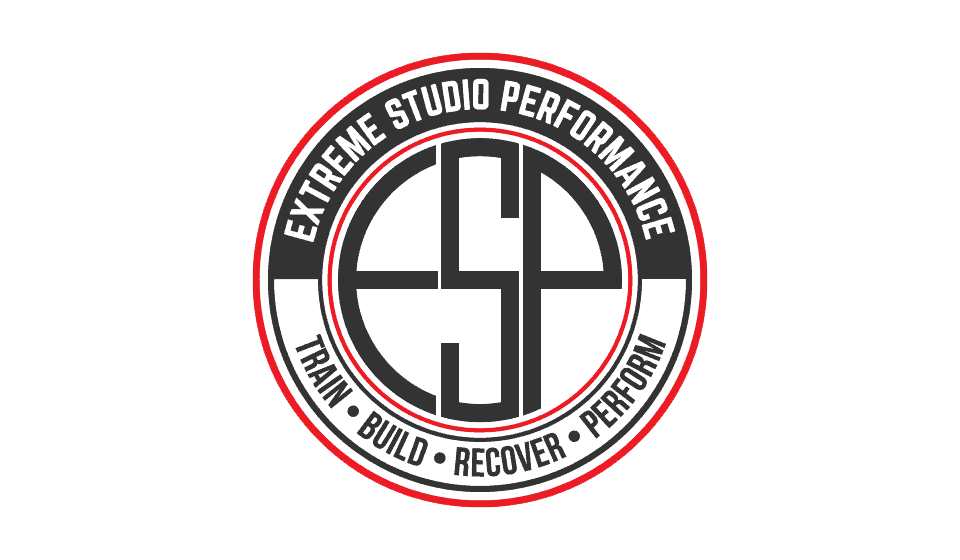
What Is the Difference Between High-Impact and Low-Impact Exercise?
What comes to mind when you think about high-impact and low-impact exercise?
Maybe you think that high-impact exercise is intense and exhausting. Perhaps you think that low-impact exercise is just for people with injuries or health concerns. Or maybe you’re not sure what the difference is.
High- and low-impact exercises are both beneficial, but in different ways. Think of the difference between walking (low-impact) and running (high-impact). Walking is still a good workout, but it’s less intense than running and easier on your joints. Running gives you faster results if you want to get your heart rate up and burn some calories, but it’s harder on your joints.
 High-Impact Exercise
High-Impact Exercise
High-impact exercises tend to be fast and involve running or jumping types of movements. They make your feet leave the floor and then hit back down (“impact”) more often than low-impact exercises. This puts more strain on your joints. A few examples include:
- Burpees
- CrossFit
- Jumping jacks
- Jumping rope
- Running
- Tennis
People tend to see faster results from high-impact exercises because they’re typically more high-intensity. These exercises also strengthen joints, muscles, and bones. However, there’s also a greater risk of injury, and high-impact exercises aren’t always safe for people. For example, pregnant women are generally advised to stick with low-impact exercises.
Low-Impact Exercise
Low-impact exercises tend to move more slowly. If your feet leave the ground, then they don’t hit hard when they come back down. This puts less pressure on your joints and is gentler on your body. Examples include:
- Cycling
- Pilates
- Squats
- Swimming
- Using an elliptical
- Yoga
Low-impact exercises may be less intense than high-impact exercises, meaning some people see slower results with them. You can, however, still do high-intensity low impact exercises (for example, lunges, squats, and pushups). Low-impact exercises are perfect for those new to exercise, recovering from injury or at risk of injury, and others who need less intense workouts.
Which One Is for You?
Whether you opt for high- or low-impact exercise is going to depend on your goals, preferences, and body. If you want to lose weight, see fast results, or make your workouts more challenging, high-impact exercises are generally the way to go. If you want to improve balance, make slow but steady progress, and protect your joints while building your strength, then low-impact exercises are better.
It also doesn’t have to be an either-or choice. A blend of high- and low-impact exercises is often a great choice. You can blend the two to provide a balance between pushing yourself and letting your body recover. You might also start out with more low-impact and gradually build up to more high-impact workouts if you’re new to exercise or recovering from an injury.
A professional trainer can provide valuable guidance when you’re trying to figure out the best workout plan for you. Exercise is good for everyone, but everyone’s body is different and we respond uniquely to different types of exercises. Working with a personal trainer one-on-one or in a group class can help you find the types of exercises that work best for your body.
